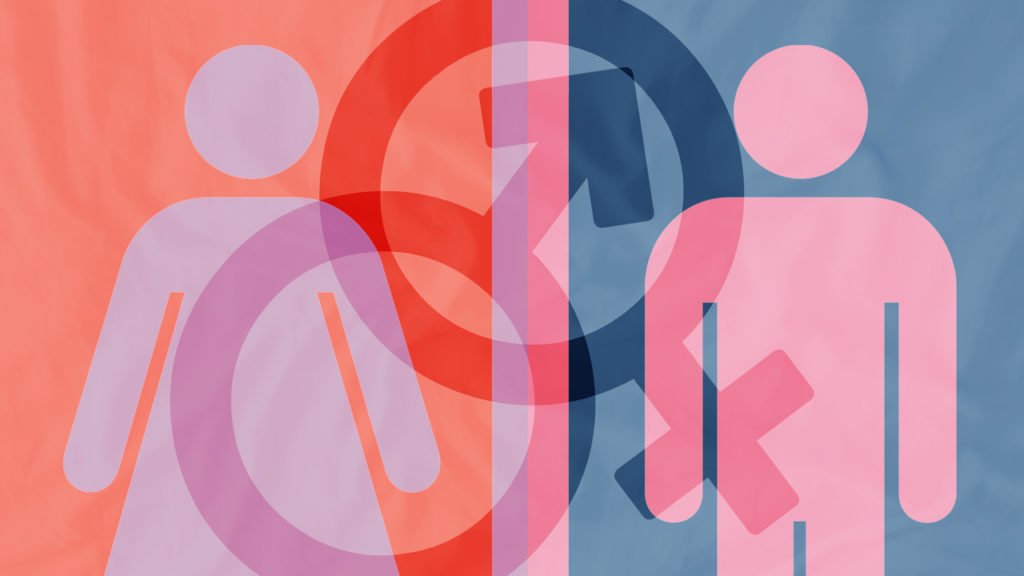Most marketers want to get gender roles right in advertising, but it can be a challenge to achieve the correct portrayal while avoiding stereotypes. According to Kantar’s AdReaction: Getting Gender Right report the majority of male and female marketers surveyed think they’re getting gender roles correctly. The report analyzed consumer responses to thousands of brands and campaigns and conducted a global survey of marketers.
The data shows marketers and consumers are on opposite ends when it comes to what they think is an accurate gender depiction. Around 76 percent of female marketers and 88 percent of male marketers believe they’re getting it right when it comes to gender portrayals in advertising. When it comes to creating gender-balanced content the percentage didn’t change for women but increased for men to 90 percent.
But consumers don’t feel the same way. Around 76 percent of female consumers and 71 percent of male consumers feel the way gender is portrayed is “completely out of touch.”
Research respondents samples show women are over-targeted in laundry and household product ads and under-targeted when it comes to stereotypically male products like automotive. However, the data did discover the majority of ads are targeted to both genders (67 percent of TV ads). Only seven percent are targeted solely to men and 26 percent to only females. In digital platforms, about 72 percent is targeted to both.
Still, 98 percent of baby, laundry and household products are targeted at women. Motor oil was the last one on the list, with only 29 percent targeting females. Data from Kantar’s Gender Equality Measure revealed around 45 percent of those surveyed think women are portrayed in an inappropriate way—rather than in a way that makes them think highly of the female ad character. The sweet girl stereotype continues, women are more likely to be seen as likeable and caring. Contrarily, when an ad shows an authoritative portrayal of females, most audiences find them to be believable, expressive and persuasive. These ads tend to do well and motivate audiences more strongly.
Bloomberg also recently released its 2019 Gender-Equality Index (GEI) in an effort to hold companies more accountable when it comes to helping with gender inequality in the work place. The news organization selected 230 companies committed to “transparency in gender reporting and advancing women in the workplace.” Since 2018, the index has more than doubled in size. This year, the data shows women had a 40 percent increase in executive level positions and 34 percent have programs to recruit women looking to return to work.
Marketers and media whom want be more informed about gender-inclusive language can check out GLAAD’s media reference guide—the glossary offers a comprehensive explanation of words and preferred usage.

